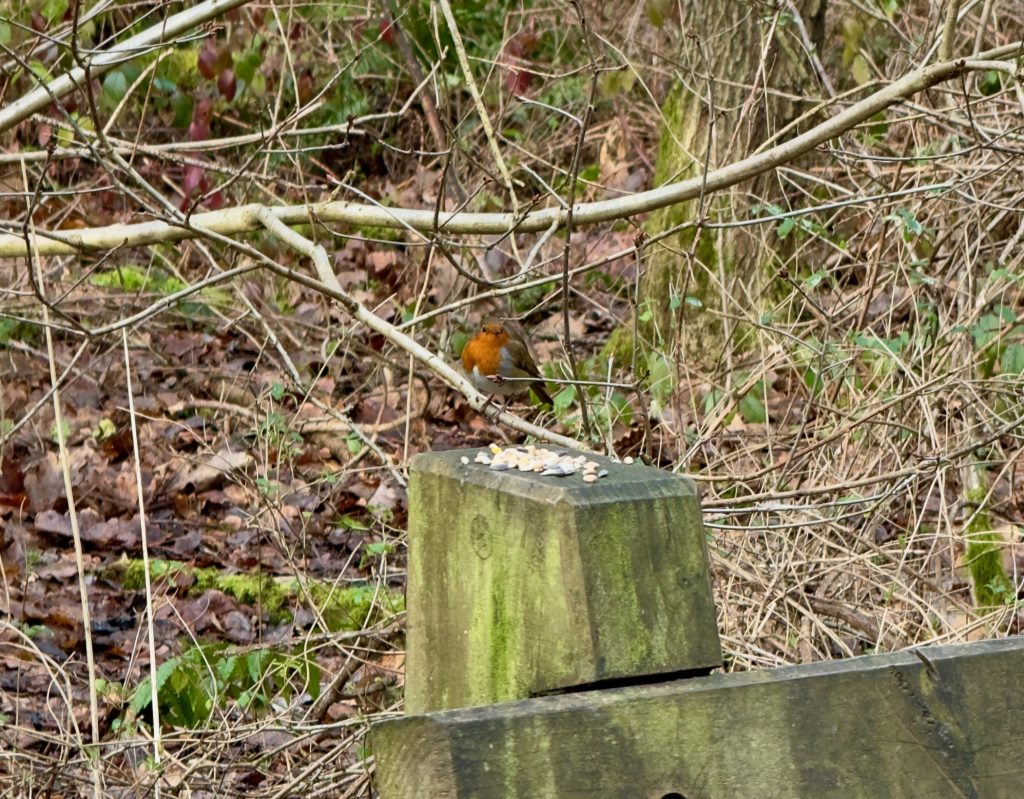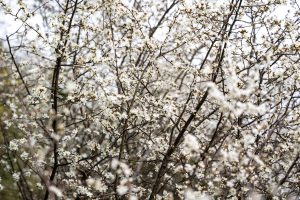A little helping hand
For many years, I’ve fed the birds in my garden, wherever that garden happens to be. Quite apart from wanting to help as many birds as possible make it through difficult times, I’ve also enjoyed watching them at reasonably close quarters. Feeding in the garden is a little like gardening (not that I’m much of a gardener), but my understanding of horticulture is that you plant, feed and nurture what you have sown and reap the rewards in the month to come. It’s quite easy to see the similarities with bird feeding – except for the planting bit! The reward is seeing an increased number and diversity of birds visit your personal nature reserve.
Currently, there is a lot of activity around the nest boxes. I’m writing this in mid-January, and although we’ve had a run of cold days and plenty of rain, we’ve not exactly had a bad winter in the Midlands. This is hardly surprising as the days of prolonged periods of snow and ice do seem to be a thing of the past due, in no small way, to the changes in our climate. As a result, spring seems to get earlier and earlier.
With snowdrops making an appearance in the garden and in the surrounding hedgerows and a noticeable increase in birdsong (particularly from the robin who likes to break into song early in the morning below a nearby streetlight), I think it might be time to help with their preparations for spring. During the winter months, I’ve offered the birds an increased amount of suet-based food, peanuts and occasional fruits, and I’ll continue to do this as the year unfolds. In addition, I’m now offering some live food in an effort to get the birds into the best possible condition for the coming breeding season.
Decisions as to what to feed can generate a wide range of ‘opinions’, but I feel that with the physical demands of the potentially harshest part of the winter to come, followed by the need to build nests and lay eggs at a time when naturally occurring food can be in short supply, would suggest that it can’t hurt to lend a hand. In fact, it would seem that some people in my local area are taking things to a new level. In a local wood, laid with a number of trails for people of all abilities, I found a number of benches and signposts topped with a small pile of bird food. Someone is bringing mixed feed on the walks with them and leaving small quantities at various locations. I’m not sure if Forestry England would encourage such activities, but it just goes to prove how popular bird feeding has become.
You could argue it is our duty to provide supplementary food. After all, it is the actions of mankind that have contributed to the shifting of the seasons. As a result of these climatic changes, the emergence of insects is often out of step with the hatching of the young birds who depend on them. The actions we take in our own gardens are not going to mitigate a global problem, but if we all do our bit, we can make a difference – the combined area of all our gardens is larger than all of the country’s nature reserves put together. It is thought that they cover an estimated 10 million acres. That is a lot of potential beaks to feed!
With the number of birds visiting the garden showing a marked increase and a lot of nest box prospecting going on, the hope is that they will make use of the mealworms on offer at the feeding station. My main concern is our local cat population doesn’t notice any additional activity. Sadly, we are surrounded by these bird botherers [I am being polite} who are only too happy to pay a visit to see what they can predate.
Despite these potential issues, let’s hope for a successful breeding season, one that results in an increase in the number of young birds that survive to fledge. Be that in your garden or in your local woodland.
Phil Pickin



